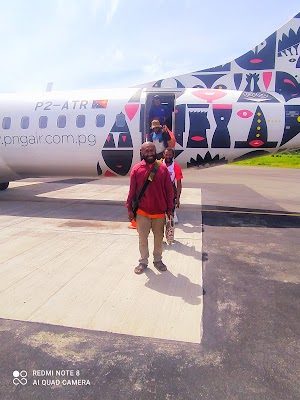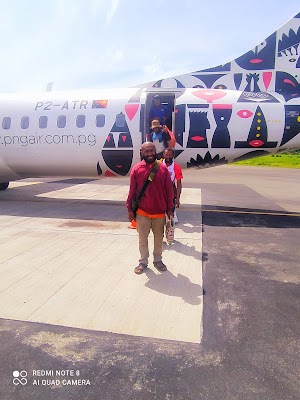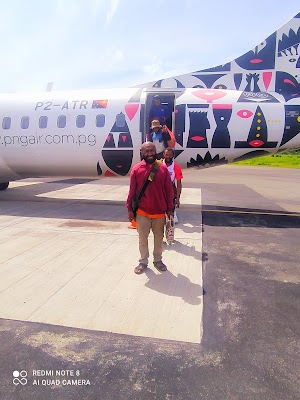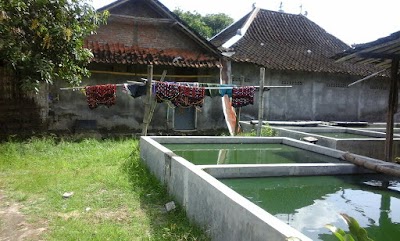Sepik Plains (Sepik Plains)
Overview
The Sepik Plains, nestled in the East Sepik Province of Papua New Guinea, offer a captivating mix of history, culture, and natural beauty that mesmerizes every traveler. Spanning a vast expanse, these plains are a vital part of the expansive Sepik River Basin, renowned for being one of the most remote and ecologically rich regions on the planet.
Historically, the Sepik Plains have been home to diverse indigenous communities for thousands of years. These groups have preserved a vibrant cultural heritage, characterized by intricate wood carvings, traditional dances, and spiritual beliefs intricately linked to their natural surroundings. The Sepik River, meandering through the plains, serves as a lifeblood for these communities, facilitating trade and communication while supporting their way of life. Visitors will be struck by the profound sense of continuity and respect for age-old traditions that permeates this region, offering both awe and education.
Beyond its historical significance, the Sepik Plains are an ecological wonderland. The lush floodplains teem with a variety of flora and fauna, from the striking giant cassowary to numerous fish and reptile species thriving in the extensive river and swamp systems. These natural habitats are a paradise for eco-tourists eager to immerse themselves in the unspoiled beauty of Papua New Guinea. Guided tours led by local experts provide thrilling opportunities for bird-watching, fishing, and even spotting elusive crocodiles basking along the riverbanks.
One of the most intriguing aspects of the Sepik Plains is the traditional art crafted by its inhabitants. Villages such as Wewak and Pagwi serve as cultural epicenters where visitors can witness the creation of magnificent artifacts, including ceremonial masks, totem poles, and timber storyboards. These artworks are more than mere decorations; they hold deep spiritual significance, often representing ancestral spirits, mythical tales, or historical narratives. Many travelers choose to take home these unique souvenirs, forging a connection with the rich cultural tapestry of the Sepik people.
In addition to its natural and cultural riches, the Sepik Plains host a variety of vibrant festivals and events throughout the year. One highlight is the annual Sepik River Crocodile Festival, which celebrates the cultural importance of crocodiles within local lore and daily life. This lively festival features a dazzling array of dance, music, and traditional sports, offering a rare glimpse into the communal spirit and traditions of the region. Participating in such festivities provides an unforgettable, immersive experience, allowing tourists to engage directly with the local culture and its people.
Moreover, the hospitality of the locals adds a warm and authentic touch to any visit to the Sepik Plains. Known for their welcoming demeanor, the people of East Sepik are eager to share their customs, stories, and meals with curious travelers. Homestay programs are especially popular, providing an intimate opportunity to live and learn directly from local families. These interactions leave lasting impressions, deepening your understanding and appreciation for the unique way of life maintained in this remote part of the world.
For those seeking adventure, the Sepik Plains offer countless opportunities for exploration and discovery. The intricate network of waterways can be navigated via traditional dugout canoes, offering an intimate perspective of the stunning landscapes and diverse wildlife. Jungle treks and hikes through dense forests reveal hidden waterfalls, ancient rock art, and a wealth of endemic plant species. Each excursion allows you to disconnect from the modern world and reconnect with nature in its most primal form.
In conclusion, the Sepik Plains in East Sepik, Papua New Guinea, provide an unparalleled journey through time, nature, and culture. Whether you are drawn by the rich history, vibrant community life, or striking ecological diversity, the Sepik Plains promise a deeply enriching travel experience. As you navigate its rivers, engage with its people, and absorb its stories, you will undoubtedly depart with a profound sense of having uncovered a truly extraordinary corner of our planet.








